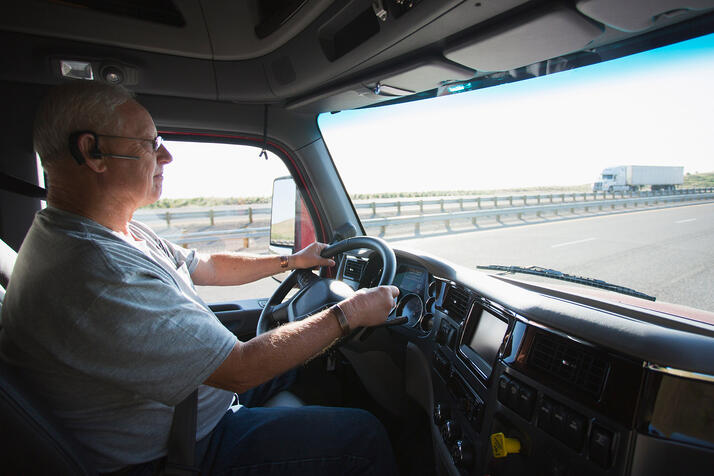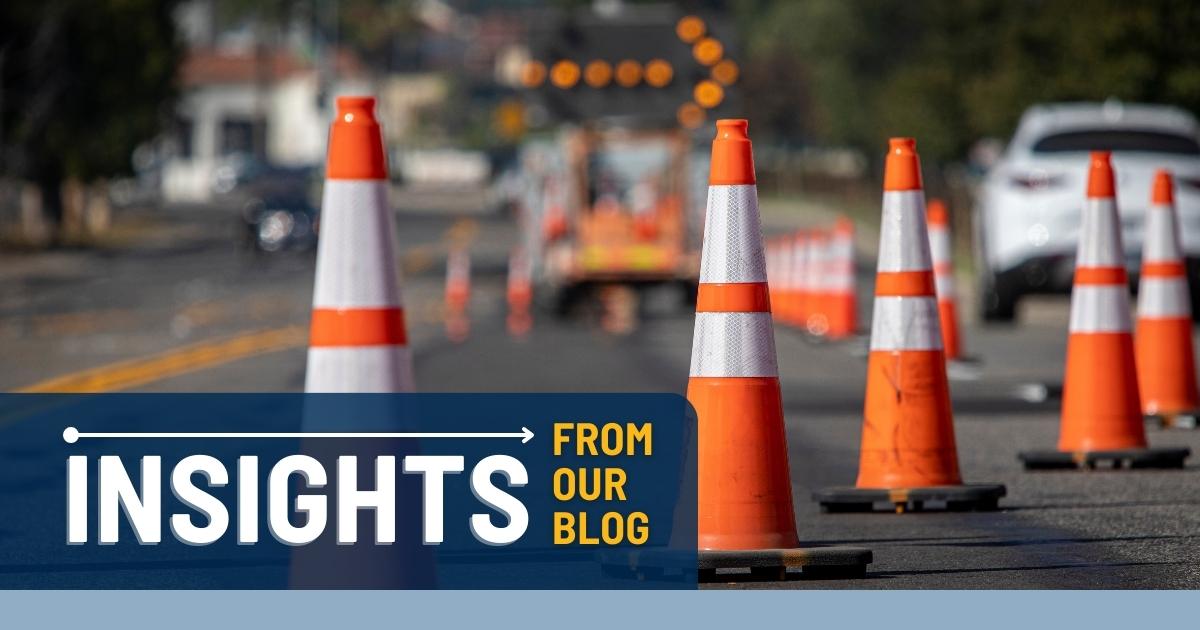What is Pattern Driving?

Every driver has a pattern of driving. These patterns, or habits, can be good or bad, or more precisely, safe or unsafe. A driver who integrates safety into all of his/her driving decisions, regardless of the environment, has established a pattern of behavior that reduces the risk of a crash. However, pattern driving can refer to practicing unsafe behaviors as well, like speeding and tailgating.
Pattern driving can also occur when a driver gets too comfortable with his/her route or routines and lets his/her guard down. This is common when drivers run dedicated lanes to the same customers day after day and become complacent. In this case, complacency becomes a distraction, and drivers lose focus on their surroundings and the potential hazards that could lead to a crash.
Preventing crashes should be the goal of all drivers. The key to achieving prevention is to be able to recognize your unsafe habits, which create hazards, and correct the habits, changing your patterns, by practicing safe driving techniques to protect you from a crash or injury.
Recognize the Hazards
Unsafe driving behaviors
- Talking/texting on the phone while driving
- Tailgating
- Speeding
- Making frequent lane changes
- Eating/drinking while driving
- Driving too fast for conditions
- Driving while ill or fatigued
- Stopping the vehicle on railroad tracks
- Failing to allow enough time to properly perform a left turn
- Running a red light or stop sign
- Making a U-turn
- Failing to use the turn signal
- Blocking the path of oncoming traffic
- Not wearing a seatbelt
- Gawking at passing crash scenes
- Operating a motor vehicle while under the influence of drugs or alcohol
- Talking to passengers
- Daydreaming or fixating on family or work issues while driving
- Changing the radio station or GPS
Know the Defense
Avoid complacency
- Each day, change your pre-trip inspection routine
- Try new routes to dedicated customers
Utilize the Essential 7 Driving Techniques
- Maintain proper following distance
- Maintain a minimum of six seconds
- Observe proper speed for conditions
- Reduce speed 5-10 mph on entrance/exit ramps
- Be attentive to the road ahead
- Be alert for traffic slowing or stopping
- React properly to hazards
- At the first sign of vehicles slowing ahead, get off the accelerator and apply controlled braking
- Maintain one lane
- Use the "Lean and Look" method before initiating a lane change
- Yield the right of way
- Be courteous and allow other drivers to merge
- Avoid distractions
- Put away your cell phone before driving
Note: These lists are not intended to be all-inclusive.
The information in this article is provided as a courtesy of Great West Casualty Company and is part of the Value-Driven® Company program. Value-Driven Company was created to help educate and inform insureds so they can make better decisions, build a culture that values safety, and manage risk more effectively. To see what additional resources Great West Casualty Company can provide for its insureds, please contact your safety representative, or click below to find an agent.
© Great West Casualty Company 2018. The material in this publication is the property of Great West Casualty Company unless otherwise noted and may not be reproduced without its written consent by any person other than a current insured of Great West Casualty Company for business purposes. Insured should attribute use as follows: “© Great West Casualty Company 2018. Used with permission by Great West Casualty Company.”
This material is intended to be a broad overview of the subject matter and is provided for informational purposes only. Great West Casualty Company does not provide legal advice to its insureds, nor does it advise insureds on employment-related issues. Therefore, the subject matter is not intended to serve as legal or employment advice for any issue(s) that may arise in the operations of its insureds. Legal advice should always be sought from the insured’s legal counsel. Great West Casualty Company shall have neither liability nor responsibility to any person or entity with respect to any loss, action, or inaction alleged to be caused directly or indirectly as a result of the information contained herein.




